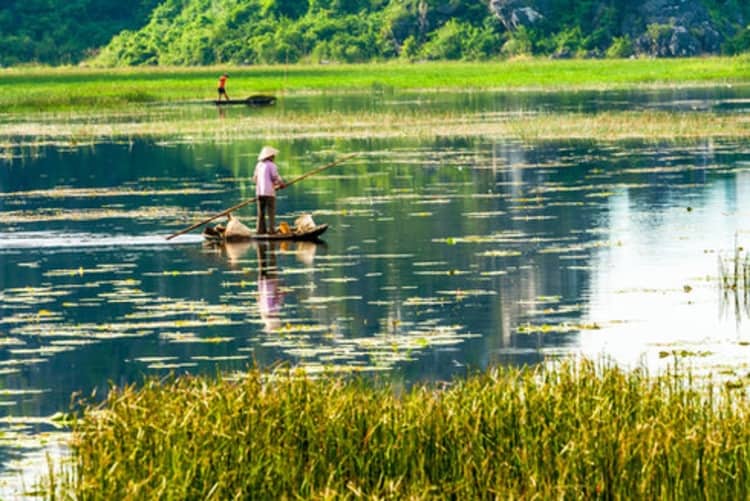In May, the World Economic Forum (WEF) and the Association of Southeast Asian Nations (ASEAN) Secretariat launched the Grow Asia partnership to address food security and other agricultural problems in Southeast Asia. According to WEF, Grow Asia will provide a platform for stakeholders to “catalyze action that contributes to food security and sustainable, inclusive agricultural development in support of national and regional priorities.”
Through encouraging partnerships between ASEAN governments, the private sector, international organizations, civil society, research institutions, academia, and farmers’ associations, Grow Asia hopes to explore avenues for investment in the agricultural sector and implement market-based solutions.
Nandu Nandkishore, co-chair of Grow Asia and a Vice President at Nestle SA, arguesthat Southeast Asia needs Grow Asia and projects that address food security “because today, across Asean, something like 37 percent of people earn their livelihood from the farm center, directly or indirectly. It’s also true in the Philippines and unless we address the issue of farm productivity, remuneration and attractiveness of the sector, you aren’t going to be able to revitalize the sector.”
Yet, some environmental groups worry that Grow Asia will not help the agricultural sector become more economically and environmentally sustainable. In response to the launch of Grow Asia, Attorney Zelda Soriano, Political Advisor for Greenpeace Southeast,says that “while we welcome the GROW Asia initiative of governments and businesses to support market-based scalable solutions, ASEAN must prioritize agricultural transformation that promotes bio-diverse farming, organic pest control and natural fertilizers–or ecological agriculture.”
So far, only Vietnam, Indonesia, and Myanmar have formally joined this partnership, but WEF has invited all ASEAN members to engage in the new program. Until Grow Asia begins implementing projects, however, it remains unclear how significant this initiative will be for food security in Southeast Asia.













